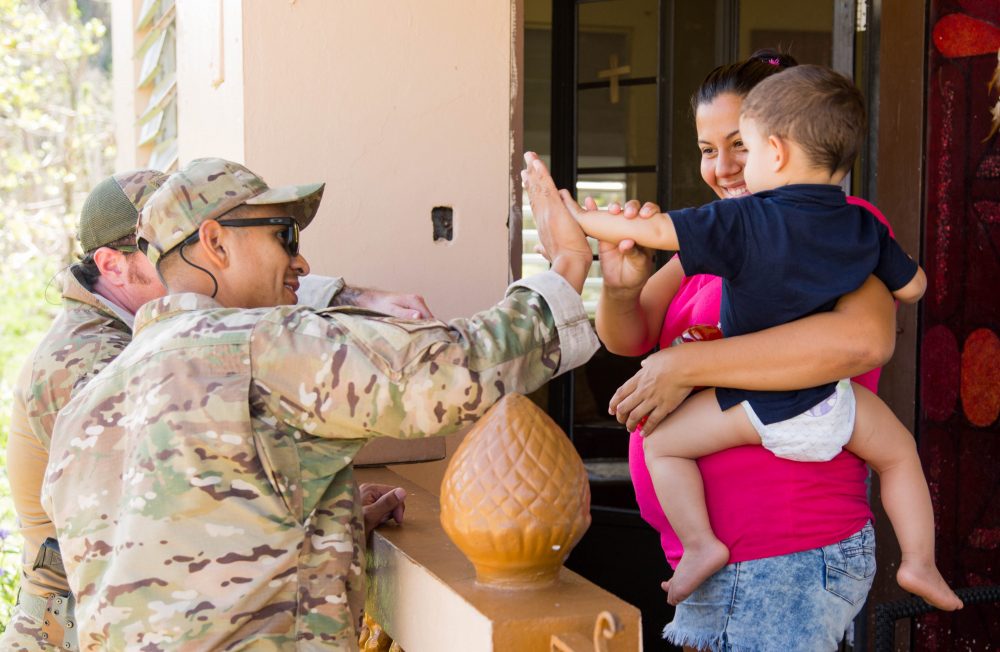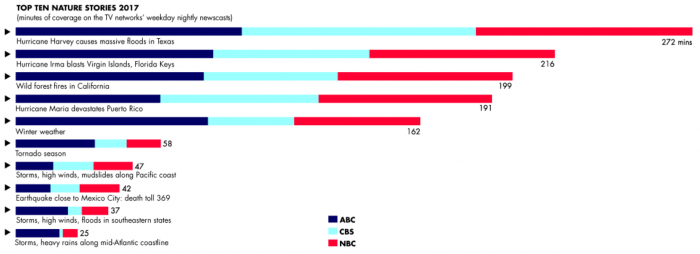Shoe-Leather Philanthropy Informs Puerto Rico Visit
I have written in the past about shoe-leather philanthropy, a term I coined after working at the Bill & Melinda Gates Foundation and learning about shoe-leather epidemiology (essentially field work or applied work). In this case, shoe-leather philanthropy will be put to the disaster test. In two short weeks, I will be using my feet […]

I have written in the past about shoe-leather philanthropy, a term I coined after working at the Bill & Melinda Gates Foundation and learning about shoe-leather epidemiology (essentially field work or applied work). In this case, shoe-leather philanthropy will be put to the disaster test. In two short weeks, I will be using my feet (and eyes and ears) to experience the devastation wrought in Puerto Rico by Hurricanes Irma and Maria.

My colleague, Anna Hurt, and I are heading to Puerto Rico at the end of this month with the goal of assessing how the CDP Hurricane Irma Recovery Fund and the CDP Atlantic Hurricane Season Fund can be put to best use.
Meetings with local and national nonprofit and nongovernmental organizations (NGOs) undertaking disaster recovery work will inform our thinking about unmet needs. These needs are likely centered around gaps in housing, public health considerations (like air quality), mental and behavioral health needs, economic recovery, environmental considerations, and the needs of children and older adults. Our conversations with NGOs will highlight these gaps and provide direction on the type of programming we should undertake to fill them.
Additional time spent with local philanthropic leaders is intended to focus on how private dollars are flowing into the recovery effort. These meetings will specifically uncover where each foundation is making its investment—into which organizations and for what purposes. With limited financial resources, knowing who is funding where and for what is of great importance. There’s no sense duplicating or undermining each other’s efforts!
We intend to meet with FEMA leadership and possibly local emergency management leadership as well. The breadth of FEMA’s presence on the island gives them a unique vantage point when it comes to identifying what is working in the recovery space…and what is not. And, in the same vein of not wanting to duplicate efforts, Anna and I will look for ways that private dollars could leverage public dollars.
Anna and I are intentionally leaving time in our schedule to literally use our shoe-leather—we plan to walk and drive the island and to speak with people who survived the storm. Being able to connect with individuals and communities affected by the storms is of deep personal and professional importance to the two of us. And, that ‘unscheduled’ time will help build the framework for how dollars flow from our Funds to recovery efforts.
Before I close, I have one request: Please email me any questions you have around recovery in Puerto Rico at regine.webster@disasterphilanthropy.org. I will do my best to find an answer and respond when I return.
More like this

Announcing Six New Recovery Grants for the Caribbean and Florida

